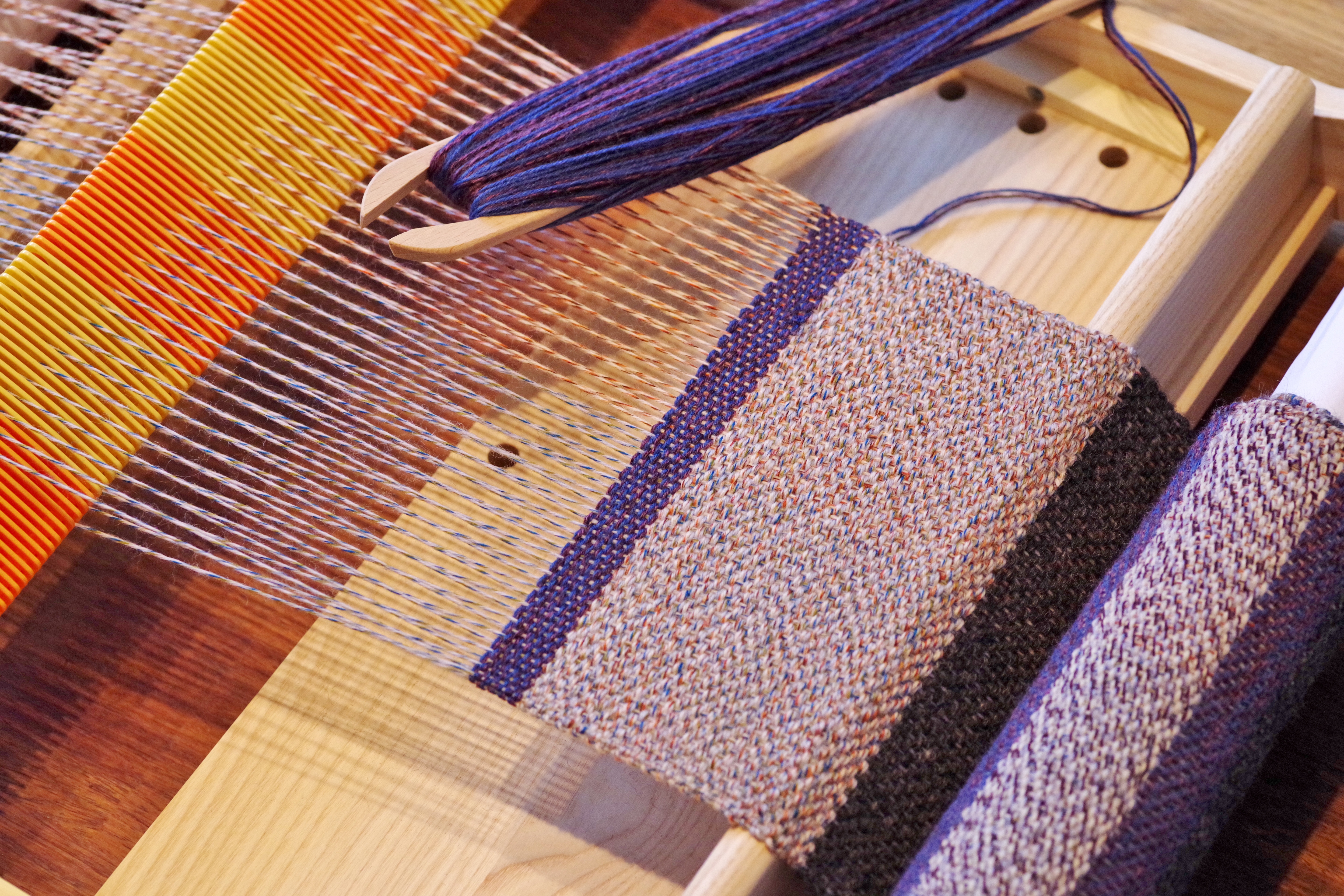In textile manufacturing, precision is everything. From the softness of a fabric to its durability, even the smallest variations in fabric tension can impact quality, efficiency, and overall production consistency. Inconsistent tension can lead to defects like stretching, distortion, and breakage, ultimately compromising the final product’s integrity.
To maintain optimal performance and prevent costly errors, manufacturers rely on advanced fabric tension measurement solutions that provide real-time data for precise adjustments. These tools ensure smooth operations, minimize material waste, and maintain high-quality standards throughout the production process.
Tension Measurement Solutions: Handheld Meters vs. Fixed In-Line Transducers
Manufacturers have two primary options when it comes to measuring and controlling fabric tension:
Handheld (portable) tension meters
Fixed in-line transducers
Each tool serves a unique purpose in ensuring consistent tension control, and using both can significantly enhance efficiency in textile production.
Handheld Tension Meters: On-the-Spot Precision
For quick, flexible measurements, handheld tension meters are the ideal choice. These portable tools allow operators to take spot measurements on various materials, including textiles, paper, plastic films, metal foils, and more.
One of the top solutions in this category is the WX-1 Digital Tension Meter, which is designed for wide, flexible materials up to 1/8 inch thick. This device is particularly valuable for:
✅ Troubleshooting: Operators can quickly verify tension levels and make immediate corrections when necessary.
✅ Versatility: Useful for multiple materials beyond textiles, ensuring tension accuracy across different production processes.
✅ Portability: Its compact and lightweight design allows for easy use at different points in the manufacturing line.
By providing real-time, manual tension checks, handheld meters help manufacturers detect and resolve inconsistencies before they lead to defects or production delays.
Fixed In-Line Transducers: Continuous Monitoring for Maximum Efficiency
For a more automated and continuous approach, fixed in-line transducers are the preferred solution. Unlike handheld meters, these transducers are permanently installed in production lines, offering real-time tension data that integrates directly into process control systems.
Key benefits of in-line transducers include:
✔️ Real-time monitoring: Ensures that tension levels remain consistent throughout production.
✔️ Automated adjustments: High-speed data recording allows for instant tension modifications, preventing defects before they occur.
✔️ Customization options: Can be tailored to specific materials, machine configurations, and environmental conditions.
With these advanced transducers in place, manufacturers can maintain uninterrupted quality control, ensuring a smooth and efficient production process with minimal material waste.
The Best of Both Worlds: Combining Handheld Meters & In-Line Transducers
To achieve superior tension control, many manufacturers implement a dual approach—utilizing both handheld meters and fixed in-line transducers.
🔹 Handheld meters offer flexibility, allowing for quick spot checks and immediate corrections.
🔹 Fixed transducers ensure long-term stability by continuously monitoring tension and automatically adjusting as needed.
Together, these tools help manufacturers:
✅ Optimize efficiency and reduce downtime
✅ Minimize material waste and prevent costly defects
✅ Maintain consistent quality standards across production
With the right tension measurement strategy, textile manufacturers can enhance reliability, improve product integrity, and meet the highest performance standards in fabric and material processing.
Final Thoughts
Fabric tension is a critical factor in textile manufacturing, and precision is the key to success. By incorporating portable handheld meters for on-the-spot adjustments and fixed in-line transducers for continuous monitoring, manufacturers can ensure that their products meet industry demands for quality and consistency.
Investing in the right tension measurement tools not only prevents defects but also enhances overall production efficiency—helping manufacturers stay competitive in today’s demanding market.
Want to optimize your tension control? Explore Tensitron’s cutting-edge solutions and take your textile manufacturing process to the next level!

